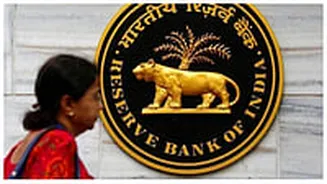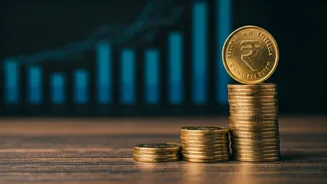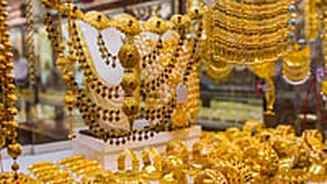Global Gold Demand
Central banks globally demonstrated their strong interest in gold during the third quarter of this year, significantly increasing their purchases of the precious
metal. The World Gold Council's (WGC) 'Gold Demand Trends Q3 2025' report revealed that central banks collectively acquired a net 220 tonnes of gold. This figure marks a substantial 28% increase compared to the previous quarter, indicating a growing preference for gold as a reserve asset. This trend signifies a concerted effort by central banks to bolster their gold reserves, reflecting a strategic move in managing their assets. This commitment to gold has persisted even in the face of historically high prices, underscoring the enduring value that central banks place on gold. These actions represent a broader trend of central banks looking to diversify their reserves and hedge against economic uncertainties.
Year-to-Date Trends
Looking at the year-to-date figures, central banks have added a total of 634 tonnes to their reserves. This figure is slightly below the 724 tonnes that were added in the first three quarters of 2024. This data suggests a consistent pattern of accumulation, albeit with a slight moderation compared to the previous year. Alongside physical gold, investments in digital gold products, such as exchange-traded funds (ETFs) and similar instruments, also saw a considerable rise. These digital gold investments reached 221 tonnes, showcasing a remarkable year-on-year increase of 134%, and a quarter-on-quarter increase of 30%. This illustrates the increasing popularity of digital gold as an investment tool. These numbers demonstrate a sustained interest in gold, whether in its physical or digital form, as a significant component of central bank strategies.
Q3 Purchase Analysis
During the third quarter, ending September 30, gold purchases by central banks experienced a 10% year-on-year increase. This surge is particularly notable because it follows two consecutive quarters where the growth in gold purchases had slowed down. The initial purchase amount of 199.5 tonnes was recorded during the same period last year. This renewed increase highlights the ongoing strategic significance of gold for central banks. The National Bank of Kazakhstan led the charge in Q3, with purchases totaling 18 tonnes, and they were followed by the Central Bank of Brazil, which resumed buying gold for the first time since 2021, adding 15 tonnes to its reserves. Interestingly, the WGC noted that a significant 66% of the central bank demand in Q3 remains unreported, a trend that has persisted since 2022. This suggests that the actual volume of gold purchases could be even higher than what has been officially disclosed, reflecting the strategic importance of gold within the global financial system.
India's Gold Holdings
The Reserve Bank of India (RBI) played a role in the global trend. Between April and September of this year, the RBI purchased nearly 600 kilos of gold, adding to its existing reserves. As of the last week of September, the total gold reserves held by the RBI stood at 880 tonnes. This figure represents India's significant holding of gold as part of its reserves. The RBI's actions are in line with the global trend of central banks strategically accumulating gold to bolster their financial stability. This signifies a commitment to diversifying the country's reserves and managing its economic risks. These purchases contribute to the overall increase in global gold demand, emphasizing the valuable position of gold in a country's financial strategy.
















